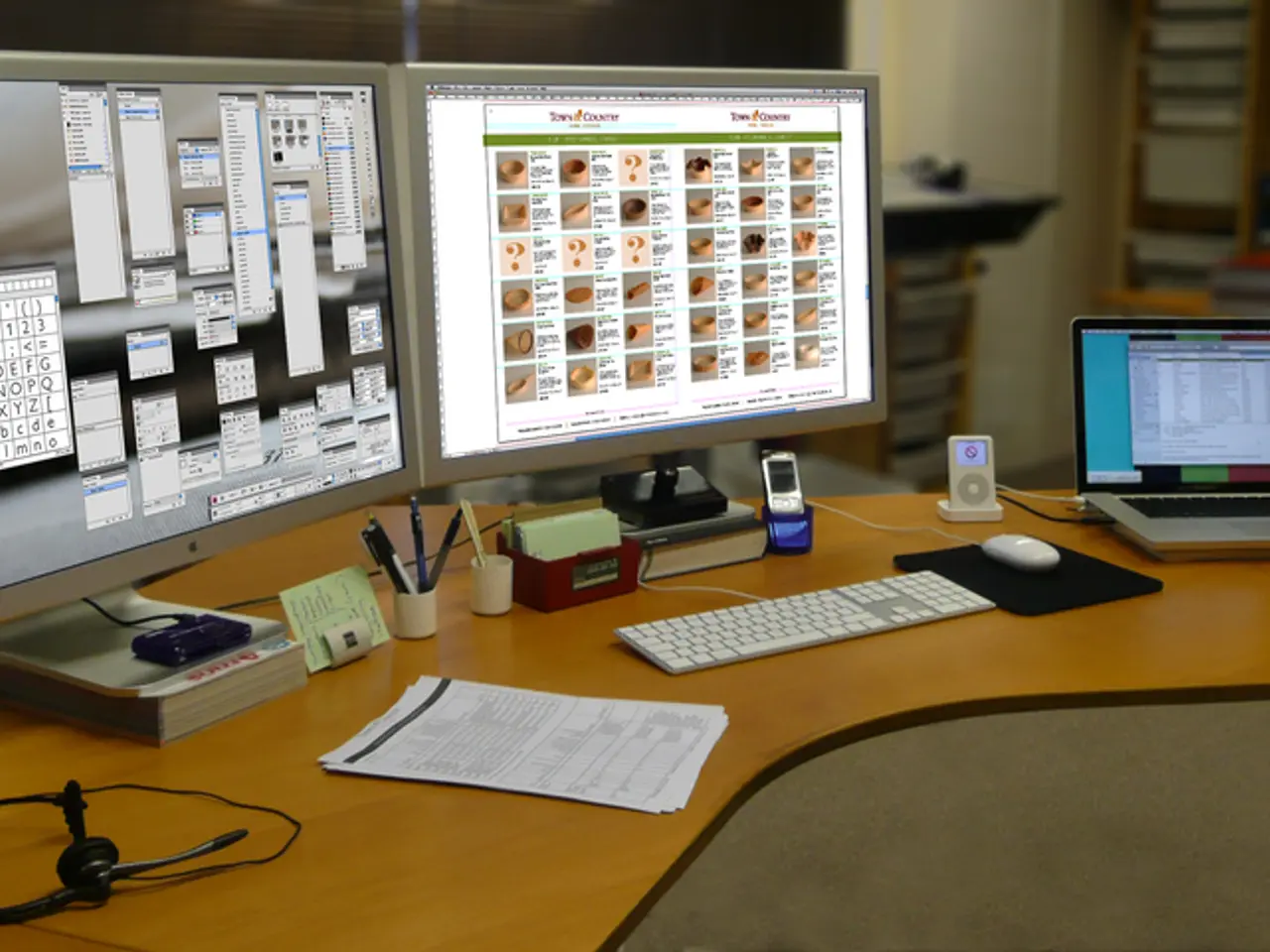House Automation Concepts for Every Residential Space
In today's world, home automation technology is revolutionising the way we live. The goal is simple: to improve the quality of our domestic lives in any possible way. This article will explore the top home automation devices for smart homes by room and their benefits.
Living Room
The living room is the heart of the home, and smart home automation is making it even more comfortable and convenient.
- Smart Lighting Systems: These systems allow users to control brightness and colour, detect occupancy to save energy, and work with voice assistants like Alexa or Google Assistant for added convenience and customisation.
- Smart Security Cameras and Doorbells: These devices enable remote monitoring and motion detection that distinguishes between people and pets, enhancing home security by alerting suspicious behaviour.
- Voice-Activated Smart Speakers/Hubs (e.g., Amazon Echo, Google Home): These serve as controllers for other smart devices, allowing voice commands to manage lighting, security, music, and more.
Bedroom
The bedroom is a sanctuary, and smart home automation is making it even more comfortable and efficient.
- Smart Thermostats and Temperature Sensors: These devices monitor and adjust each room’s temperature individually for comfort and energy savings, using geofencing and adaptive learning.
- Climate Sensors: These track temperature and humidity for improved air quality and personalised comfort, helping automate other devices like humidifiers or heaters.
- Smart Lighting: Adjustable lighting for different moods and sleep-friendly light settings.
Kitchen
The kitchen is the hub of activity, and smart home automation is making it even more efficient.
- Smart Appliances (not detailed in search results but commonly include smart refrigerators, ovens): Controlled remotely or via automation to improve cooking efficiency and food management.
- Smart Plugs: These make traditional appliances smart, allowing scheduling and energy monitoring.
Bathroom
The bathroom is a place of relaxation, and smart home automation is making it even more convenient.
- Smart Sensors: These detect humidity and control ventilation or heated floors to prevent mold and improve comfort.
- Smart Lighting: Automated or voice-controlled lighting for added convenience.
Entryway/Mudroom
The entryway/mudroom is the first point of contact, and smart home automation is making it more secure.
- Smart Door Locks and Window/Door Sensors: These provide keyless entry and alert homeowners if doors or windows are opened unexpectedly.
- Smart Doorbells: These devices feature video and intercom functions for visitor screening.
Garage
The garage is a practical space, and smart home automation is making it more convenient.
- Smart Garage Door Openers: These enable remote opening and closing with app control integrated into the home security system.
Outdoor/Lawn
The outdoor space is an extension of the home, and smart home automation is making it more manageable.
- Smart Lawn and Irrigation Systems: These systems automatise watering based on weather data to save water.
- Outdoor Security Cameras and Motion Sensors: These enhance perimeter security and can be part of integrated alarms.
Benefits and Purposes
Smart home automation offers numerous benefits, including:
- Energy Efficiency and Comfort: Devices like smart thermostats and lighting sensors reduce waste by adjusting settings based on occupancy, time, or user habits.
- Enhanced Security: Smart cameras, locks, door/window sensors, and security systems offer real-time monitoring and alerts, often with professional monitoring options.
- Convenience and Automation: Voice assistants and centralised apps automate routines and integrate various devices for seamless control.
- Health and Environmental Quality: Sensors monitoring air quality, humidity, and temperature help maintain a healthy indoor environment.
These devices work best when interconnected through a smart home hub or assistant (e.g., Amazon Alexa, Google Assistant) enabling centralised management and automation. The combination of smart thermostats, sensors, security equipment, lighting, and voice control forms a comprehensive smart home ecosystem tailored to each room’s function.
In conclusion, smart home automation is all about convenience, allowing users to control many of their home functions with ease while enhancing security, energy efficiency, and comfort. Whether it's controlling lights, appliances, or security systems, the possibilities are endless. Embrace the future of home living with smart home automation.
Read also:
- Future of Payments: If the U.S. regulates stablecoins through the GENIUS Act, according to Matt Hougan
- Ongoing trade friction as the American administration levies fresh import taxes on goods arriving from China
- Turkey's primary wheat provider, Russia, to halt export taxes on grains
- The new design chief at General Motors predicts that autonomous vehicles will significantly alter the appearance of cars.




